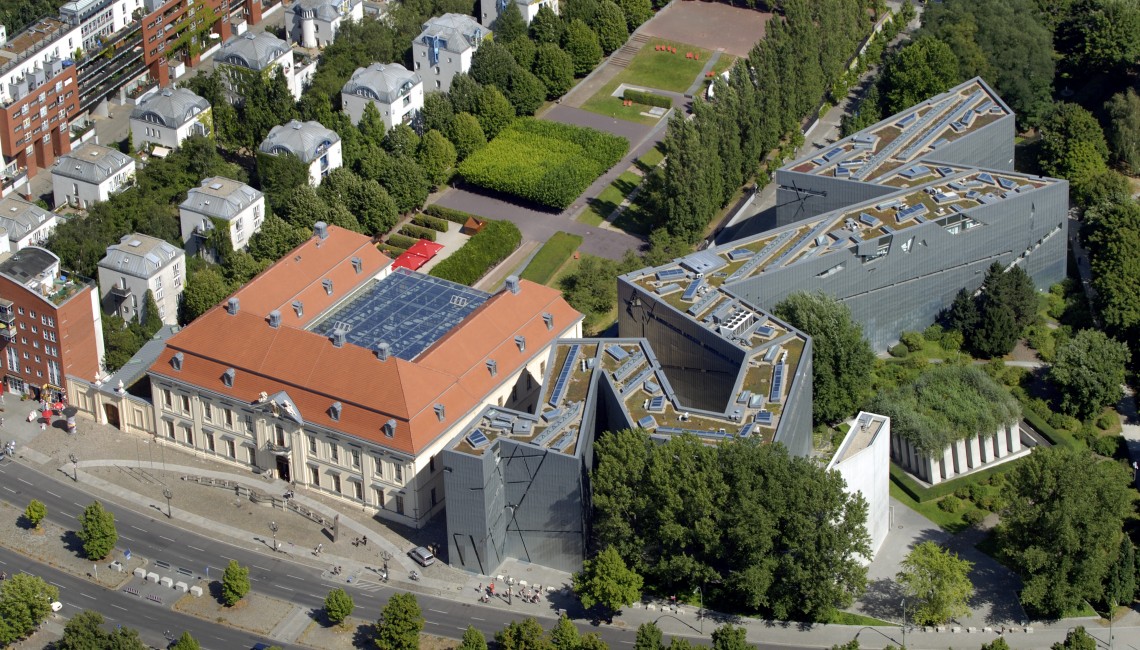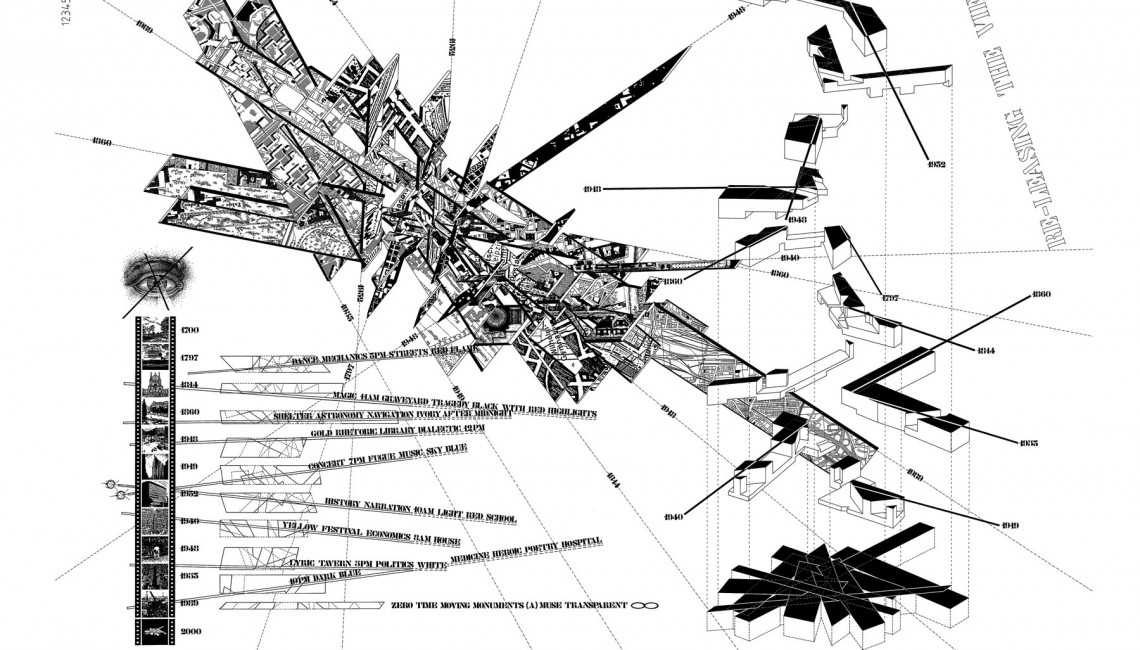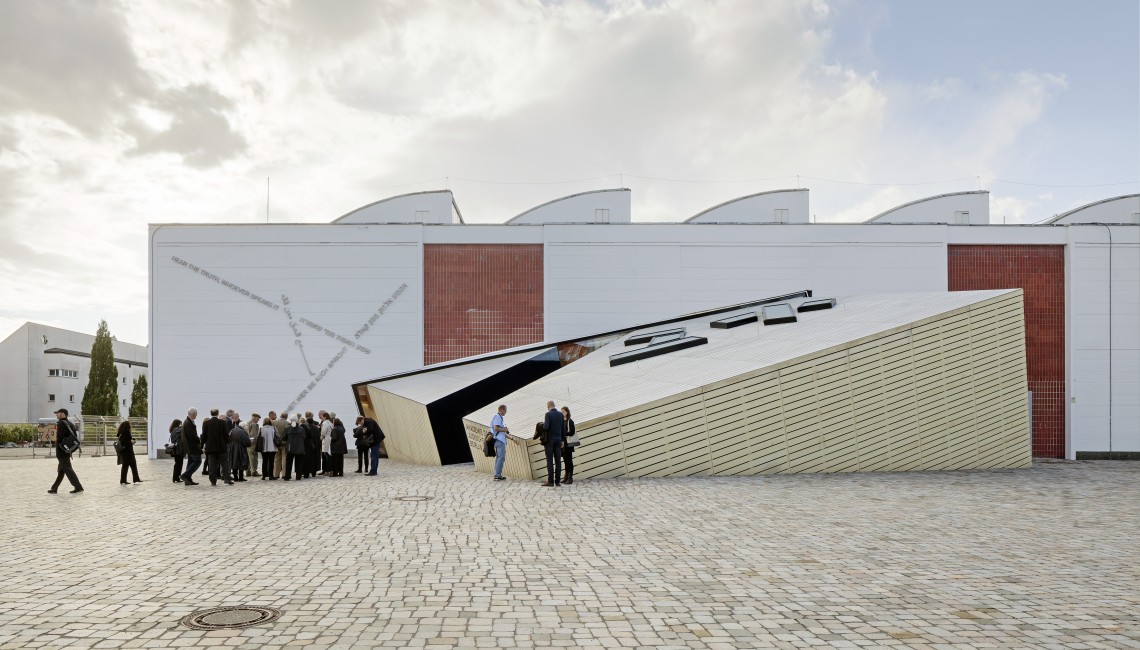Geometry Does Not Have to Be Autonomous
Thursday's class discussion of Daniel Liebskind's work perplexed more than a few of us. While geometry dominates Liebskind's work, those who have visited his buildings could not forget the emotional impact of his designs. Liebskind may have a passion for geometry that is characteristic of autonomous architects, but he has clearly departed from the idea of "architecture for architecture's sake." The Studio Liebskind website showcases numerous projects designed to house the stories of the Holocaust and World War II and address themes of war, sacrifice, and remembrance, including:
Jewish Museum, Berlin
Imperial War Museum North, Manchester, UK
Danish Jewish Museum, Copenhagen
Potsdamerplatz, Berlin
Academy of the Jewish Museum Berlin in the Eric F. Ross building, Berlin
Kurdistan Museum, Erbil, Iraq
World Trade Center Master Plan, New York
In "Notes around the Doppler Effect and other Moods of Modernism," Somol and Whiting argued that architecture is not completely autonomous, but connected to culture and society. Liebskind could support their case. His designs--while highly geometric--are not divorced from other disciplines. Instead, his work is strongly affected by his own family history and other geopolitical, social, and cultural phenomena.











Comments
Post a Comment